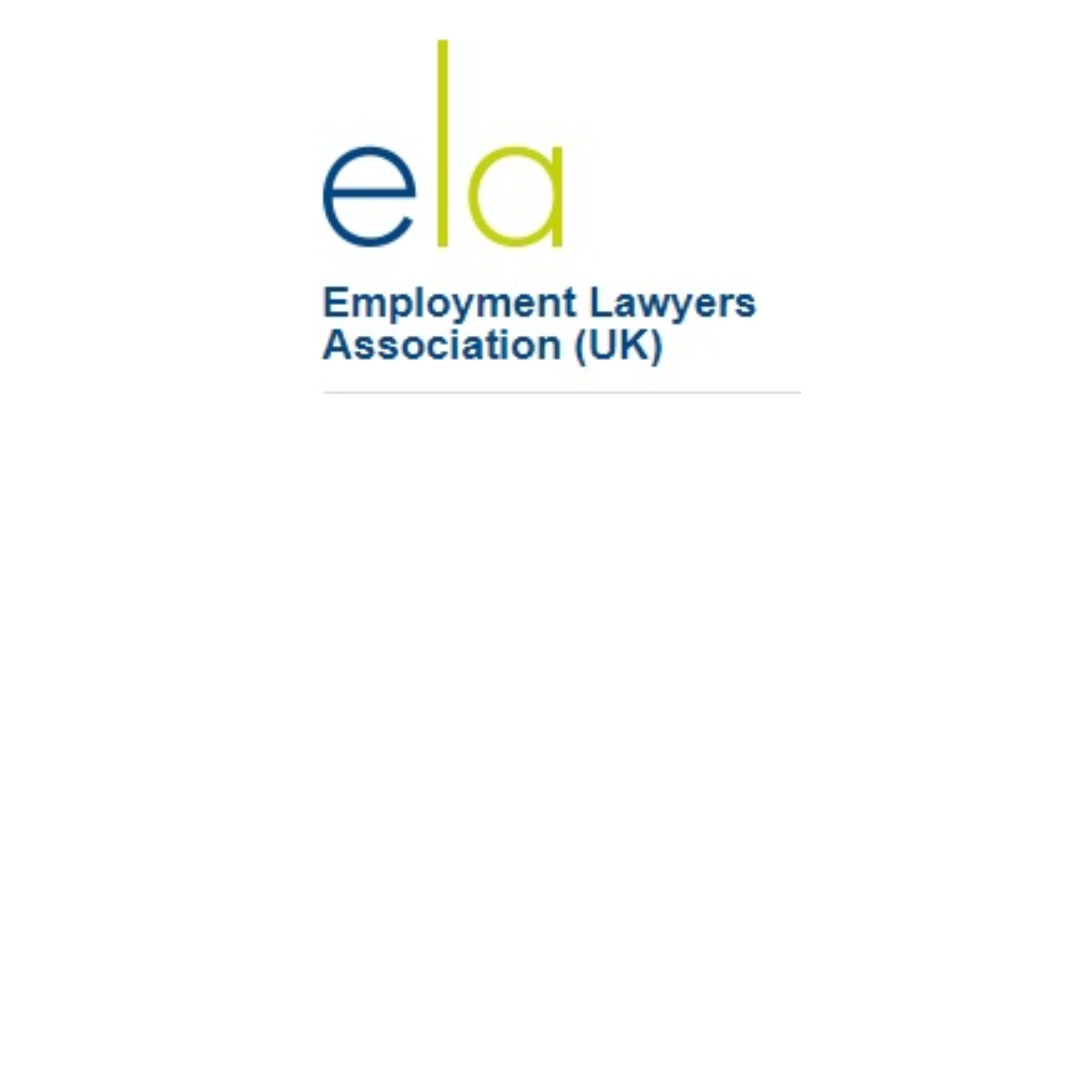
Forfeiture of lease
Commercial landlords sometimes need to end a tenancy early when a tenant breaches their lease. The legal tool for doing so is forfeiture of the lease. Used correctly, it can protect your investment; used wrongly, it can trigger costly claims. Our expert team of real estate disputes lawyers are able to guide you through the various stages and help you to avoid the numerous pitfalls that exist.
Forfeiture of commercial lease
Before taking any action, a landlord must carefully consider whether forfeiture is the most appropriate remedy.
Forfeiture will bring the lease to an end and extinguish the tenant’s rights, but it will also place the burden back on the landlord to relet the property. If the landlord is not confident that a new tenant can be secured promptly, they may face significant liabilities such as ongoing business rates, insurance, and security costs.
In a strong rental market, forfeiture may offer an opportunity to improve rental income by re-letting at a higher rate. However, in a weaker market, this carries the risk of prolonged vacancy and associated financial exposure.
It’s also important to remember that tenants have the right to apply for relief from forfeiture. If successful, this could result in the lease being reinstated and the landlord’s position altered unexpectedly.
Alternative solutions to forfeiture of lease
Forfeiture is not the only option available to landlords facing breaches of lease. Depending on the nature of the breach whether it's non-payment of rent, disrepair, or other breaches of covenant, alternative routes may offer a more commercially viable solution. The strength of the tenant's covenant and financial standing will also heavily influence which remedy is most appropriate. These “interim” remedies usually fall into two categories:-
- If the breach relates to non-payment of rent: Where a rent deposit is held, landlords may be able to draw down funds to cover arrears or specific losses arising from the tenant’s breach. This can provide a quicker, less contentious way to recover immediate costs, though the lease must allow for it and the tenant must then replenish the deposit.
- If the breach relates to something other than rent: Here, the landlord may be able to rely upon certain rights that exist in the lease. As an example, for disrepair breaches, pursuing an interim dilapidations claim may be appropriate. This allows the landlord to enforce repair obligations during the lease term, rather than waiting until the end. It can be an effective way to prompt compliance or recover damages where significant disrepair is impacting the value or use of the property.
Other options may include enforcing third-party guarantees, serving statutory demands, or seeking an injunction to compel specific performance of certain covenants in the lease.
A strategic review with our specialist real estate dispute lawyers will identify the most cost-effective and proportionate route based on your specific circumstances. We tailor our advice to your commercial objectives, helping you resolve matters efficiently while protecting your long-term interests.
Lease Terms and Waiver
If a landlord wishes to proceed with forfeiture after exploring alternative remedies, it is essential to confirm that the lease contains an express right to forfeit. This right must be clearly reserved in the lease, and crucially, must not have been “waived” by the landlord. Waiver can occur where a landlord does something that recognises the continuation of the lease after a right to forfeit has arisen.
Common examples of waiver include accepting or demanding rent, issuing general correspondence that treats the lease as ongoing, or serving unrelated notices such as notices to quit. However, whether a waiver has occurred is highly fact-sensitive, and will depend upon the specific actions and timings in each case.
It's also important to distinguish between ‘once-and-for-all’ breaches and ‘continuing’ breaches in the context of waiver. This is a complex area, but where the breach is a ‘once-and-for-all’ (meaning something must be done by a certain date or before an action is carried out), any act of waiver will result in a permanent loss of the landlord’s right to forfeit. In contrast, a continuing breach (such as an unauthorised use of the premises) gives rise to a fresh right to forfeit each day the breach persists, making waiver less critical in those scenarios.
Procedure of Forfeiture
To preserve the right to forfeit, landlords should follow a three-step process before forfeiting:
1. Confirm the right to forfeit exists
Check the lease wording carefully. Forfeiture must be expressly provided for, and the landlord must ensure that no conduct (such as rent demands or informal communications) has occurred that may have inadvertently waived their right.
2. Identify the nature of the breach
Typical grounds for forfeiture include:
- Non-payment of rent (which does not require prior notice)
- Breaches of repair, alteration, or user covenants (which do require formal notice)
- Insolvency-related events such as administration or liquidation
3. Serve the correct notice where required
For non-rent breaches, a Section 146 notice under the Law of Property Act 1925 must be served. This must:
- Specify the nature of the breaches
- Allow a reasonable time for the tenant to remedy them (if remediable)
Where the Leasehold Property (Repairs) Act 1938 applies, the Section 146 notice must include additional prescribed wording. Failure to include this may invalidate the notice. Moreover, the landlord should, under no circumstances, attempt to forfeit via without a court order if any part of the property is residential. This could result in large fines, or even a custodial sentence.
Choosing Your Enforcement Method
Deciding how to respond to a lease breach should never be a tick-box exercise. Whether you pursue forfeiture, rely on a rent deposit, enforce a guarantee, or serve a statutory demand, the right course of action will depend on the nature of the breach, the lease terms, the tenant's financial position, and your long-term objectives for the property. A carefully timed and legally sound response can significantly improve your position whilst the wrong step could significantly limit your options. That is why seeking early legal advice is essential.
Dealing with Tenant Possessions and Relief Applications
After re-entry, it is vital that the landlord deals lawfully with a tenant’s personal property (also known as ‘chattels’) to avoid claims from being made. Sometimes, the lease will explain how these items are to be deal with. If not, the landlord may have to rely upon certain specific pieces of legislation, and serve the tenant will statutory notices before disposing of the goods.
As we have said, tenants have the right to ask the court for relief from forfeiture. Courts commonly grant relief if arrears are paid and breaches are remedied, so landlords should factor this into timing and strategy.
How We Can Help You
- Strategic review of lease terms, market conditions, and alternative remedies
- Drafting Section 146 notices and advising on service
- Coordinating bailiffs for peaceable re-entry or issuing court proceedings
- Negotiating settlements, including interim dilapidations payments
- Defending or pursuing claims for relief from forfeiture
There are numerous pitfalls which require careful navigation to be avoided. Early advice on procedure minimises risk and maximises your negotiating position.
Contact Our Team Today
Thinking about forfeiture or facing a claim? Our specialists in forfeiture, relief from forfeiture, and commercial property disputes are ready to help. Call 0330 123 1229, email info@smithpartnership.co.uk, or fill out our contact form.




























